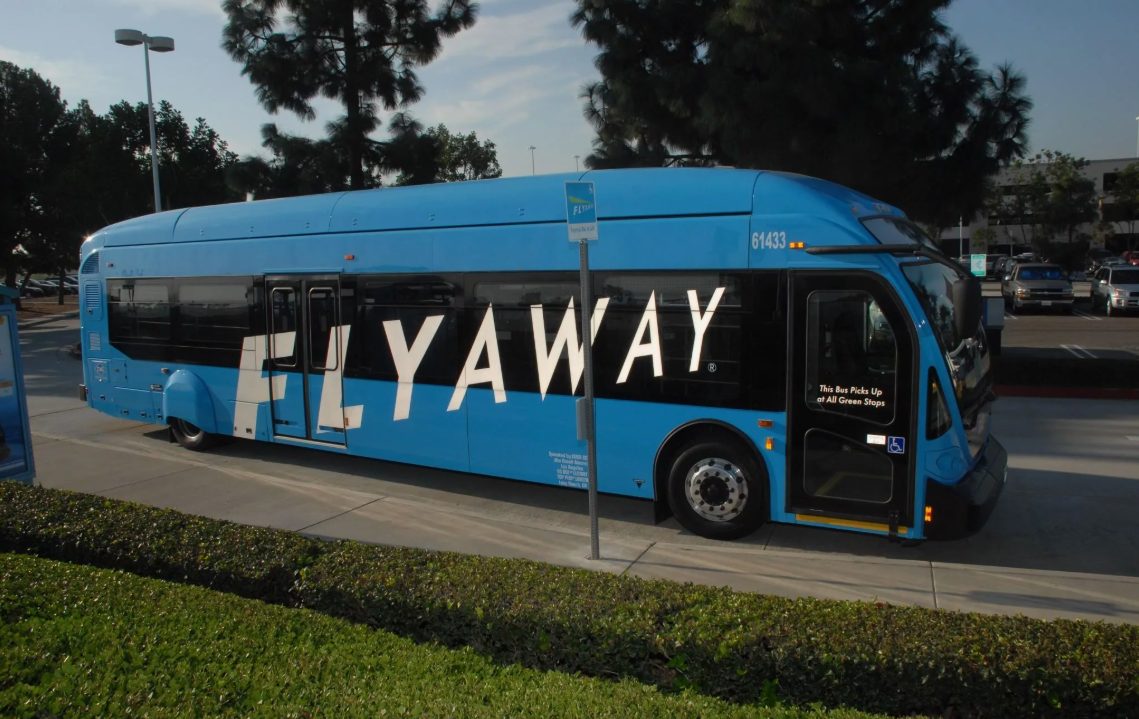From traditional Media to Digital, Social and everything in between. It’s all about Media Buying, Media Planning, Advertising Strategy and Marketing
The Latest News from MPA’s Media Team
Welcome to MPA News. Here you’ll find everything from the basics of marketing to how to leverage emerging and reemerging media.
What we understand at MPA is that media is constantly evolving, but it doesn’t mean traditional media doesn’t still play a vital mix. In fact, as the landscape continues to change, just like our fashion, everything that is old becomes new and exciting again. The skill is identifying the changes and leveraging them to address your audience in new and innovative ways that convert, while engaging new audiences.







